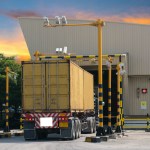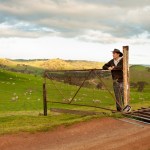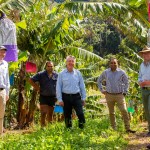NSW Farmers president James Jackson says a sensible approach is needed to manage the Vic…
Land use conflict – key changes need to be made
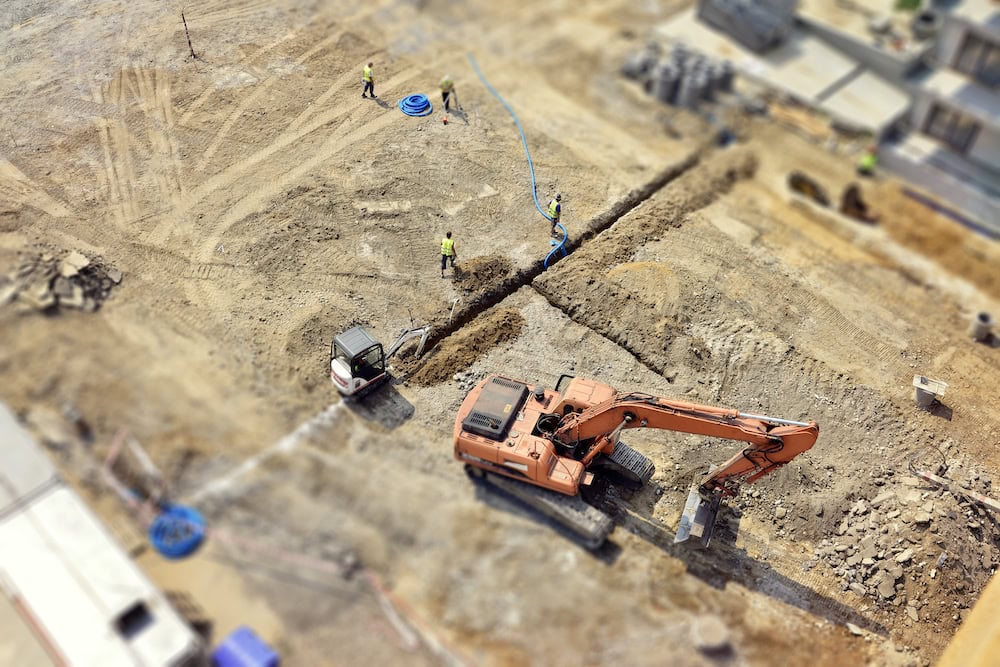
Land conflict was front and centre at NSW Farmers’ Executive Council in March, with several branches raising issues about solar power industrial zones. But the issues have been longstanding in the State, according to NSW Farmers President, James Jackson.
Not least is the use of Orwellian double-speak to describe solar and wind power-generation industrial zones as farms, to soften understanding about their environmental footprint and visual amenity.
If the Culcairn solar generated power plant receives planning approval, it will feature 1.1 million single-axis solar panels and a storage battery, built on 350-400 hectares of prime cropping land. The land in question already features TransGrid’s power infrastructure, and
the proponents obviously intend to tap into this as a cost saving. The project, at the time of writing, was at the post-consultation assessment stage, and awaiting a government decision.
Investing in large-scale renewable energy industrial zones is part of a response to corporate Australia sourcing electricity outside of coal-power stations and the Australian Government’s plans to mitigate national greenhouse emissions.
In March, Coles launched its refreshed sustainability strategy ‘Together to Zero’ to drive generational sustainability. In announcing the strategy it also committed to deliver net zero greenhouse gas emissions by 2050; for the entire Coles Group to be powered by 100 per cent renewable electricity by the end of FY25; and to reduce combined Scope 1 and 2 greenhouse gas emissions by more than 75 per cent by the end of FY30 (from a FY20 baseline). Woolworths and Aldi had already committed to sourcing electricity from renewables by 2025.
Coles Group CEO, Steven Cain said the commitment to renewable energy was in response to queries from shareholders, investors, staff and customers. The decision has been lauded by conservation agencies and the Australian Greens.

Reaching targets and the right to farm
According to the Federal Government’s Renewable Energy Agency (ARENA), in 2019, Australia met its 2020 target of 23.5 per cent of power generated from renewable energy. Many of Australia’s states and territories have now committed to a 40 per cent target for renewable energy sources by 2030.
Wind is the largest power generator, at 7.3 per cent; solar comes in at 6.7 per cent,
and hydropower at 5.4 per cent. There was a 46 per cent growth in solar output and 19 per cent increase in wind power between 2018 and 2019.
But NSW Farmers is concerned at the lack of coordination between governments and departments, which impacts on farmers.
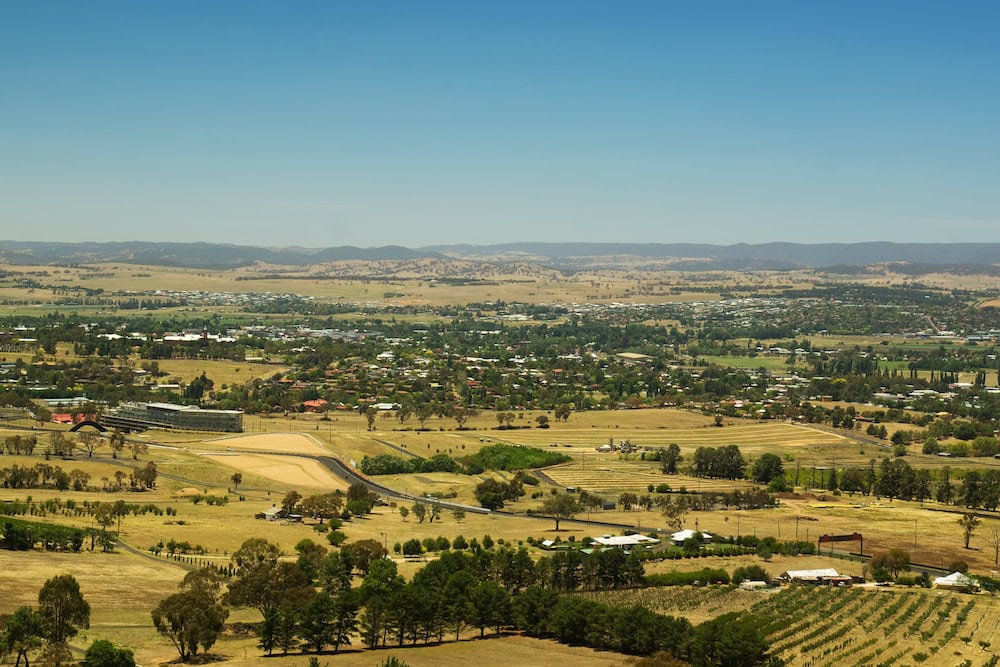
NSW Farmers President James Jackson said an essential change is adoption by all departments and agencies of ‘a duty to consider the effect on agricultural land’ when decisions are made.
“This duty, along with a Government wide adoption of a definition of what constitutes important and strategic agricultural land, and a commitment to retention of land that is essential to agricultural development, is the way forward,” James said.
“It’s time the philosophical positioning of departments makes way for cooperation to ensure all areas of government work together for agriculture and the benefit of the states’ production capability.”
In 2020, the Australian Government, through ARENA, released a discussion paper and invited submissions to develop a Technology Investment Roadmap, to accelerate low emissions technologies including solar, wind, batteries, hydrogen and gas. Improving soil carbon and reducing methane emissions in agriculture were also flagged for investment in an indicative list of 140 new and emerging technologies.
The NSW Department of Primary Industry’s Right to Farm Policy Review was published at the end of last year. Prior to that, the Australian Farm Institute released its report – after undertaking research for NSW DPI – titled Managing farm-related land use conflicts in NSW.
The NSW Government also appointed an Agriculture Commissioner, career diplomat Daryl Quinlivan, who this year sought industry feedback into the content of the Agriculture Land Use Planning Strategy. Daryl has recommended developing the strategy to address three key issues: minimising the loss of productive capacity, reducing and managing land use conflict, and supporting the growth of agriculture and regional economies.
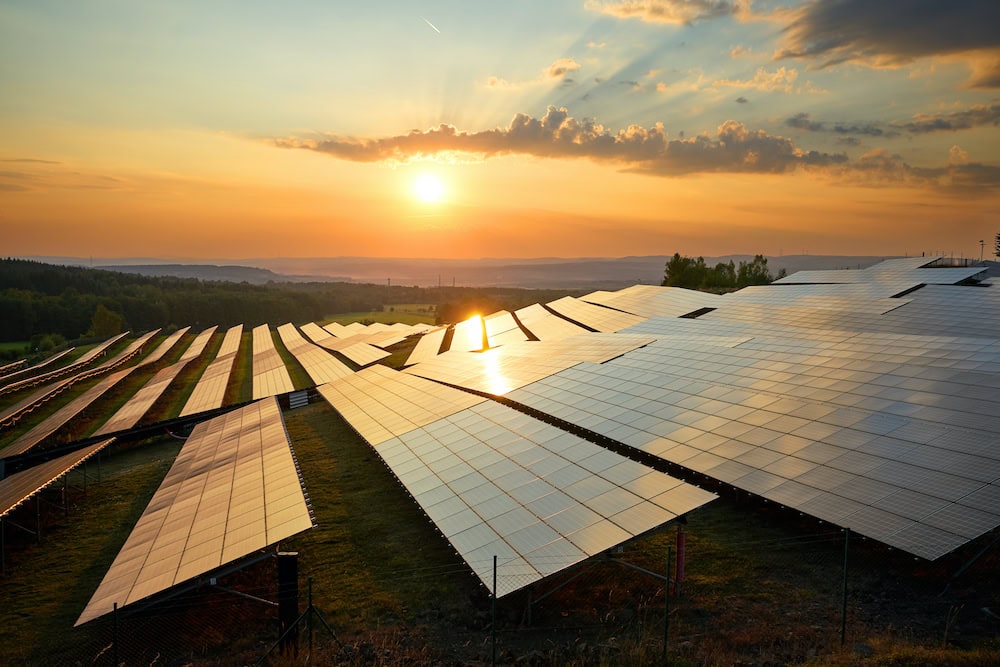
NSW Farmers recently provided input into the strategy, and James Jackson met with the Premier Gladys Berejiklian in late March to discuss how ignoring agriculture’s value to NSW would benefit other states.
Critically, a land use mapping project undertaken several years ago by Government has stalled and the NSW Department of Planning, Industry and Environment appears keen to use the 2016 Biodiversity Conservation Act to force environmental overlays on farming land, according to James.
“Using coercive powers to implement environmental practices on private land has been proven to fail globally, because you’ve got to have the right balance between the Act and implementation,” he said.
“It’s very easy to virtue signal to urban voters that you’ve implemented reform, even when you haven’t. Covenants on private land should be balanced with reward for valuing biodiversity for the community as a whole. Of course, the government hasn’t funded this.”
James says agricultural land needs to be assessed by government for its commerce and conservation values, in the same way that farmers do. This meant rewarding farmers for protecting biodiversity.
He pointed to the State Environmental Protection Policy (Koala Habitat Protection 2020 and 2021) that now applies to 83 local government areas in NSW.
“Remnant vegetation on farms is there because farmers graze animals under those trees and protect the koalas and native birds that live in them from bushfires and predators such as wild dogs and feral cats,” James says.
“There’s a view within some sectors of government that the only way to protect biodiversity is to lock it up. The science doesn’t support their view that commerce and conservation can’t coexist. The bushfires basically demonstrated that view is wrong; koalas still exist in biodiversity parcels on farmland, because farmers actively manage those environments.”
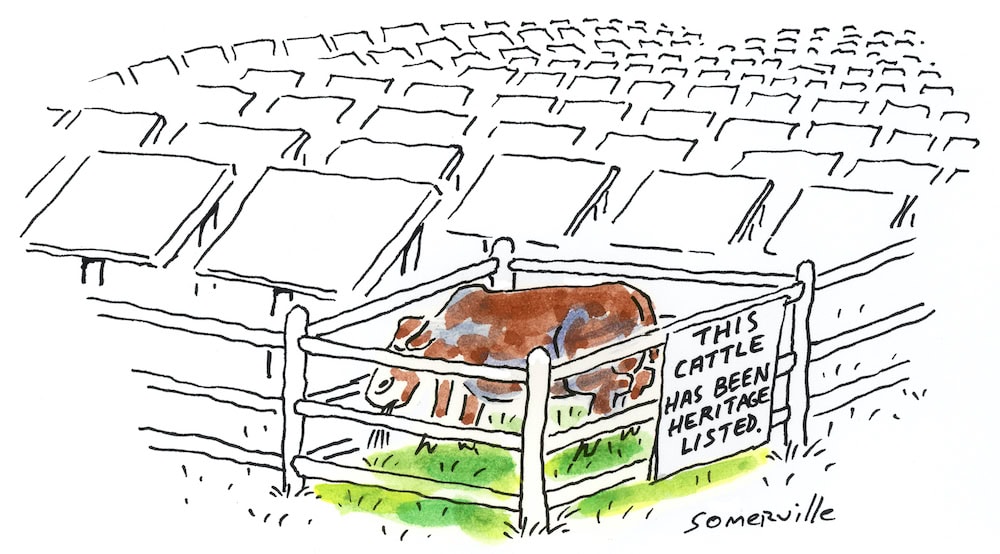
Looking and planning ahead
James says information needs to be integrated across government departments and between tiers of government. At the moment, if a farmer wants to erect a shearing shed, or a roof over the stockyards, they needed to deal with multiple departments and tiers of government. In contrast, renewable power generation proponents appeared to deal with one department and tier of government.
“The industrialisation of landscapes with renewable energy zones needs to be reassessed on footprint and amenity,” he says. “We’re not opposed to renewable energy power generation, but there is a lot of high-quality arable country that is being, or potentially going to be, covered by solar panels. Most of the solar panels are not amenable for combining with grazing activities.
“Planning should consider the agronomic value of land before it’s industrialised or turned into urban development.
“At the moment, the proponents are setting the assessment criteria. There’s no consideration for agronomic value nor amenity controls, and I don’t think integrated social values are taken into account. This approach is creating divisions withincommunities.”
He says it is imperative that NSW DPI resurrects its focus on accurate land mapping, or important agricultural land, and its potential for high value food and fibre production, would be lost to industrialisation.
“We need a planning system that supports agriculture, sets targets for retainment of important agricultural land and mandates the consideration of agricultural interests in decisions around land use,”
James says.
“In the quest for driving agriculture forward to our goal of $30b by 2030 in NSW, its time our State and Federal Government backed up their rhetoric around cutting red tape, and created a ‘can do’ attitude in working with farmers.”
If you enjoyed this story on land conflict, you might like to read our feature on the scrapping of petroleum licenses.


